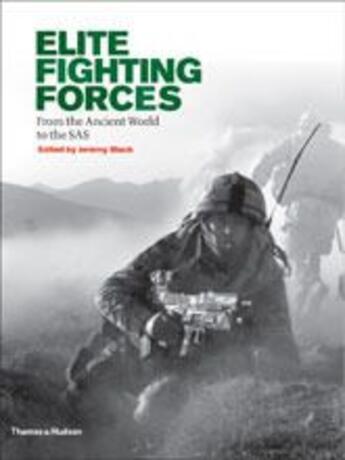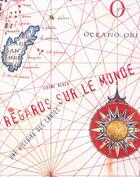Résumé:
Many of the most famous fighting forces in history have been elite units, specially trained and equipped for particular tasks - imperial guards, shock troops, fighter pilots or behind-enemy-lines special forces.
This is the most authoritative and up-to-date account of such units available.... Voir plus
Many of the most famous fighting forces in history have been elite units, specially trained and equipped for particular tasks - imperial guards, shock troops, fighter pilots or behind-enemy-lines special forces.
This is the most authoritative and up-to-date account of such units available. Each profile includes fact boxes featuring key battles and dates, together with quotations from contemporary sources. The texts are by an unrivalled international team of military historians.
Often elite forces have a reputation for extreme toughness and a mystique attached to them, and they all bring a unique dynamic to warfare. Elite Fighting Forces provides a magnificent survey of 52 such units, from the Persian Immortals of 2,500 years ago to the SAS, US Navy SEALs, Green Berets and Indian National Security Guard of today.
See the list of fighting forces The composition and purpose of such forces share several key characteristics: a willingness to fight to the death, as shown by the 300 Spartans at Thermopylae and the Knights of Malta; a spearhead role, such as Alexander the Great's Companion Cavalry, the Mongol keshik, the Aztec Military Orders, the Prussian Grenadiers and many others; specialist skills and endurance, from Edward III's longbowmen to 21st-century commandos, paratroops and 'top-gun' pilots; and reliability and loyalty to a leader or cause, for instance Caesar's 'Larks', the Zulu Impis, Garibaldi's Redshirts and Mosby's Rangers in the American Civil War.
The wide range of illustrations, including battle scenes, uniforms, insignia and weapons, enhances this exciting look at the crack units that have changed the course of battles and influenced the fate of nations.
Donner votre avis















